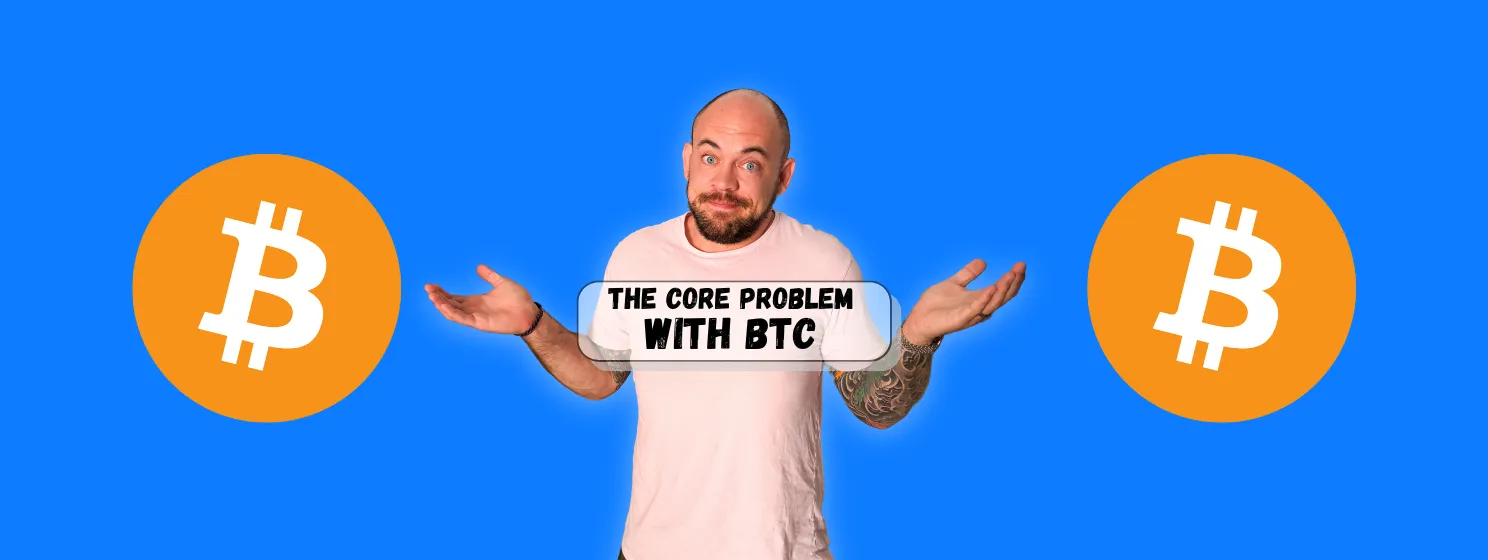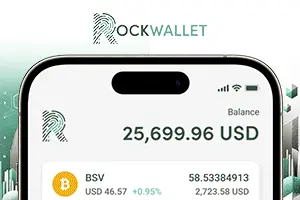|
Getting your Trinity Audio player ready...
|
For many years now, I have written that BTC has become “a soft money” and attempted to warn a community I once believed in that the path of convenience, politics, and social consensus was leading them into the arms of the very systems they claimed to oppose—one where an oligarchical intelligentsia rules a new world technocracy that is more oppressive than the last.
Now, in the spring of 2025, that warning is bearing (more) bitter fruit for the small blockers. A new proposal from Bitcoin Core developers seek to remove longstanding limits on the OP_RETURN function, a change that speaks volumes about the true nature of BTC in its current form and culture.
And it’s not good.
The proposal in question, advanced by Peter Todd, would eliminate the 80-byte cap on OP_RETURN output scripts in BTC. That limit was originally imposed, if you believe the rhetoric, as a safeguard to prevent abuse, to encourage monetary uses of the protocol, and to keep node storage burdens modest. In reality, it was pushed almost exclusively by Luke Dashjr to kill off Satoshi Dice, CounterParty tokens and everyone else in 2015 who was doing cool stuff with Bitcoin.
Proponents of the new change now argue that these constraints are arbitrary, outdated, or easily circumvented and that removing them merely reflects reality.
But reality, as always with BTC, is contested terrain, and it’s increasingly clear that reality is whatever the High Priests of Bitcoin Core decree—which is a problem because about 99% of the BTC network is running the “Core” reference client software—a dangerous level of centralization.
Let’s pause to consider the architecture here. In the BTC Core world, policy changes begin life as GitHub pull requests, vetted by a small cohort of developers and eventually merged into the reference implementation. If you raise concerns—as one contributor recently did, eloquently and at length—you are told to “vote with your feet” or your hash. Or worse, you are ratioed, flagged, silenced, or dismissed.
This is not decentralization. It is a bureaucracy with a command line and a direct repudiation of what Bitcoin was supposed to be.
The original vision, as Satoshi outlined and as BSV continues to uphold, is a system governed not by invisible developer councils or sacred repositories, but by the free market itself. In BSV, consensus rules are generalized and then locked such that most things are policy rules to be configured by competing node operators. Those node operators choose the rules they enforce, and users choose to connect to the nodes they trust. The balance of power is spread across competing commercial interests, not consolidated behind a single GitHub repo guarded like the Holy of Holies.
This is the core philosophical difference: BTC is governed by a strict hierarchical committee. BSV is governed by competing market incentives of commercial operators.
And it matters. When policy becomes protocol and protocol becomes ideology, Bitcoin ceases to be money and becomes a meme. This is what I mean when I say that BTC is a soft money: it is not backed by consistent rules, or by the discipline of the market. It is steered by people, subject to politics, and vulnerable to moral panics and backroom bargains. It is, in the end, a fiat money in open-source clothing that never actually becomes serious for anything except the meme itself.
This is the tragedy of the Bitcoin Civil War, and it is what I’ve spent years trying to explain. Bitcoin didn’t split because of a block size dispute. It split because one side believed in the sovereignty of protocol, and the other believed in the supremacy of social consensus. One side wanted money governed by honest actors, constrained by economic incentives, and flexible as a general-purpose money, payment system and distributed database.
The other wanted money that could be tinkered with endlessly by those who claimed to “understand it best” and ultimately beholden to social signalling and constant jockeying of a bizarre mix of political forces.
We now know where that road leads: to policy changes locked behind pull request comment freezes. To governance by insiders. To a transactional system where few actually transact.
And now to a redefinition of OP_RETURN; not because of demand, not because of competition, not because of any urgent need in the market, but because a small cabal of developers decided the rule was inconvenient for their own commercial needs, and therefore, deemed into the protocol.
If that doesn’t make you pause, it should.
Because what happens when it’s not OP_RETURN? What happens when they decide that your privacy is too subversive, or that your scaling solution is too unorthodox, or that your coins—mined honestly, used legally—are somehow suspect because they don’t align with the evolving orthodoxy of BTC Core? Or, imagine this: what happens when Peter Todd, the architect of this latest controversy, decides it’s finally time to raise the supply cap of BTC? Can you stop him, anon?
The answer is simple: you get forked off the network. Or you get banned. Or you get ignored until your network dies.
In BSV, we have chosen another path. Our network is open. Our rules are stable and predictable. Our governance is minimal and easy to understand. We welcome competition between node clients, service providers, miners, merchants, wallets, and users. And while we are not perfect, we are principled—and that’s the part that matters.
The way forward is not to consolidate power further. It is to disperse it. It is to allow policy settings to compete. To let wallets and exchanges and miners decide, on the open market, what rules make sense for their own businesses. That is the path to scaling. That is the path to adoption. And that is the only path to money that is truly sound.
A sound money must be hard in every sense: hard to change, hard to censor, and hard to kill.
BTC has failed that test. Again.
But Bitcoin, the real Bitcoin, the protocol etched into the white paper and revived in BSV, has never failed that test.
Watch: Mining Disrupt 2025 Highlights: Profitable trends every miner should know

 09-06-2025
09-06-2025 





